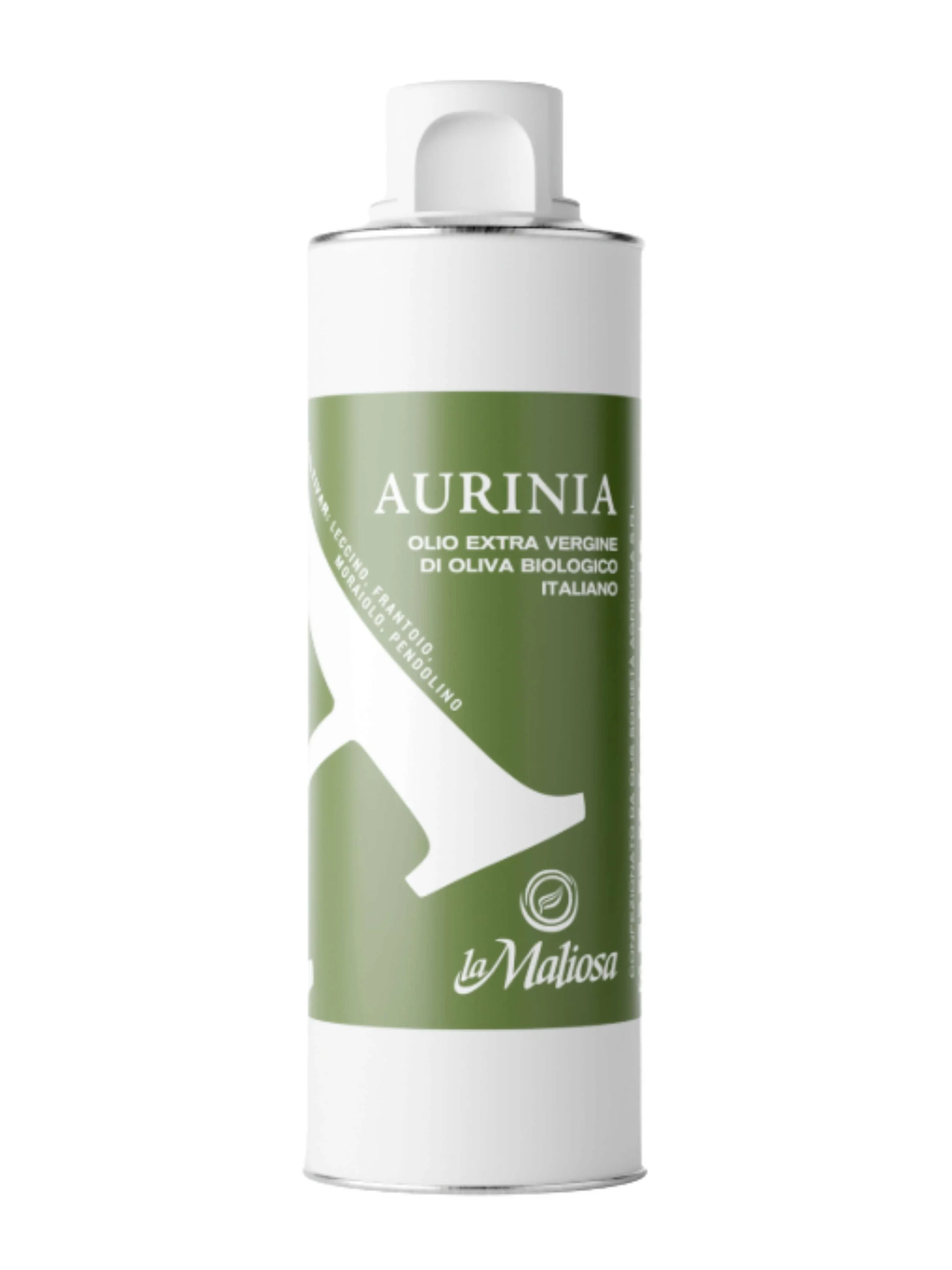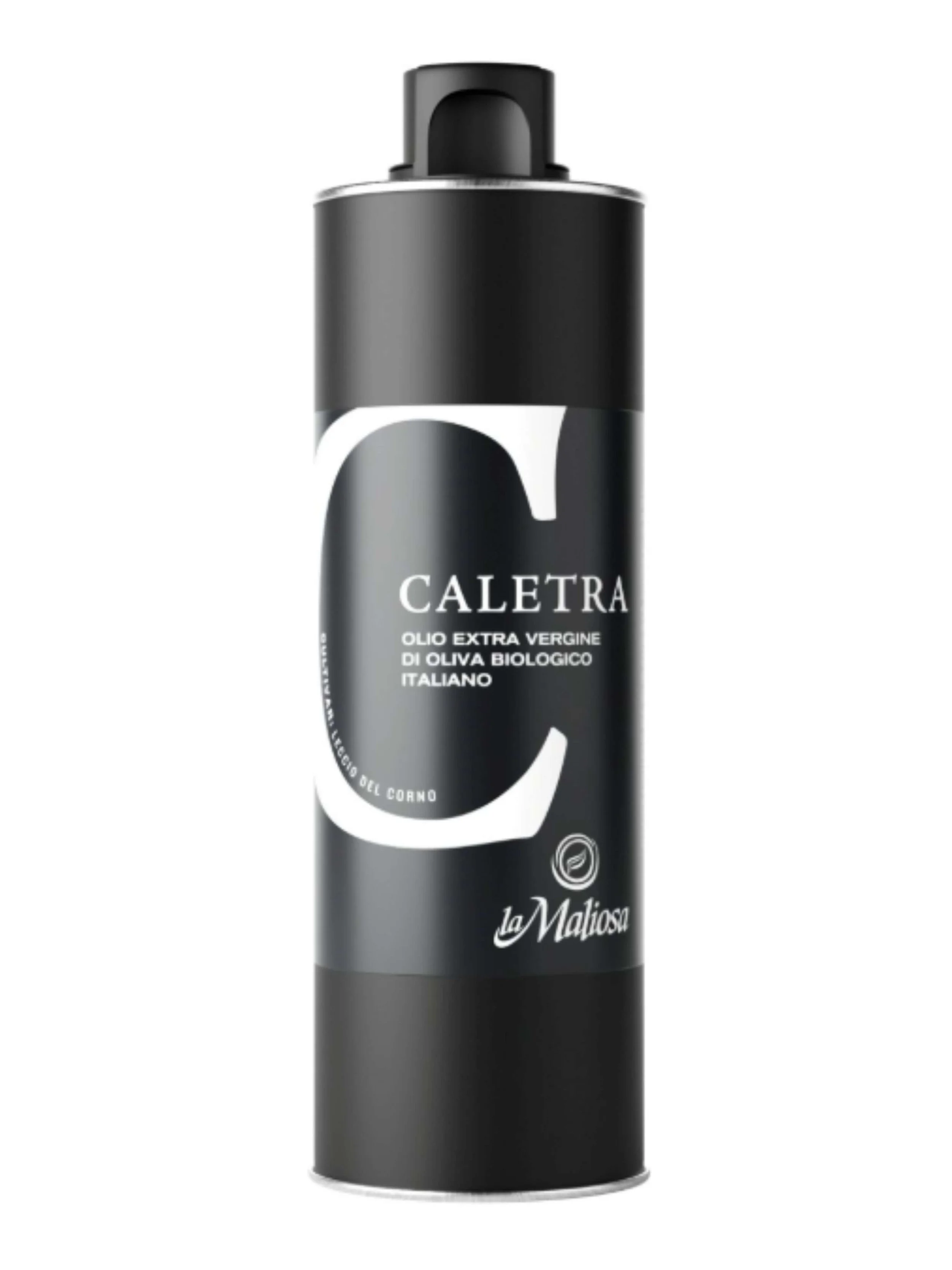The Secrets to the Best Olive Oil
Tuscany is known for producing the best olive oils in the world. Why is this? Let’s go behind the scenes learning from the ‘olive oil maker’ and agronomist of Tuscan farm and winery, La Maliosa.
Agronomist Luigi Antonelli of La Maliosa.
Tuscan Olives
In the rolling hills of Maremma, Tuscany at La Maliosa farm, agronomist and olive oil maker Luigi Antonelli works with La Maliosa’s founder and owner Antonella Manuli to craft extra virgin olive oils that are farmed with the utmost attention to look after the biodiversity of the area. Luigi and Antonella create their oils using 180 historic olive trees, between 80-100 years old, and various cultivars, or types of olives, that are native to Maremma in southwest Tuscany. These plants have survived years of weather related challenges, from deep freezes to droughts, and show the hardiness of these Tuscan cultivars. La Maliosa, as with their wine, farms their olives and tends their groves sustainably, following organic, biodynamic and biodiverse strategies as in the vineyards. Keeping a distance of 36 feet between the olive trees, good exposure and a breezy climate favor a high-quality of extra virgin olive oil, certified organic and vegan, with a high health value, with a high presence of polyphenols, antioxidants and low acidity.
How to Make Good Olive Oil
Just like a good wine, a good olive oil depends on the quality of raw materials. Crafting a delicious and sustainable olive oil, much like crafting a good wine, starts in the fields. Olive plants can take around 5-10 years before their fruit is ready to make oil, but they really reach their prime after 35 years. Olives are pollinated not only by insects transporting pollen from one flower to another, but also via the wind blowing through the groves and sweeping pollen along with it. In fact, Luigi has also introduced different Tuscan cultivars in the La Maliosa groves to create a careful balance for an optimal mix of pollination and production.
Freshly harvested olives ready to be selected and crushed at La Maliosa.
Once the olives are ripe, they are hand harvested by spreading a net or sheet under the trees and the olives are picked or knocked down with the sheet catching them as they fall. The nets are used to funnel the olives into crates where selection is then done to separate the largest leaves and branches and pick out the best olives for production. It takes an incredible amount of olives to make oil: one liter of extra virgin olive oil will need almost a half of an olive tree, around 13 pounds, or 8000 olives!
The olives are then crushed or ground to start releasing the natural oils within. Then, the paste created by crushing is loaded into a press to extract the oils. Like in winemaking, there are various levels of crushing and pressing and processes that can take place to extract the oil, some more invasive than others. Lastly, solid impurities are removed from the oil via either a centrifuge or filtering and then it is bottled up, ready for cooking, dunking, or drizzling.
Extra Virgin Olive Oil
Extra Virgin means it’s made from pure pressed olives, simply that: harvesting olives and then pressing to make olive oil. It is the most natural ‘fresh from the olive’ oil you can find. Because there are other types of olive oils, which are a lower grade, other terms have popped up over time, like to say it is ‘cold pressed’ which refers to the temperature range of the olives when crushed.
Needless to say, extra virgin olive oil has not undergone any additional processes or heating outside of the crushing and a light (almost free run) pressing. Extra virgin olive oil, thanks to its minimal processing, retains the most of its healthy benefits and full flavors. It is considered a ‘perfect’ oil, with no flavor flaws and is the oil in its most natural form.
After having made extra virgin olive oil, a producer can decide to reuse the same olives to make more olive oil. In fact, another term to market extra virgin olive oil is to say it is ‘first run’, meaning that it was made from the first pressing. You can’t call extra virgin olive oil ‘extra virgin’ if it was not made from the first run.
Lower Grades of Olive Oil
After having made extra virgin olive oil, a myriad of processing methods can be applied to make lower grades of olive oil. The olive paste can be pressed harder to extract more oil, the oil becomes ‘virgin’ grade, and finally, with added heat and the highest possible pressing, it descends to ‘light’ or even just plain ‘olive oil’ with no extra labels. This added pressure and heat can change the components of the oil, removing some of the healthy compounds and a lot of the flavors. As the oil is processed more and more it lightens in color, becoming more yellow (like a vegetable or canola oil). After the pressing, the oil can undergo further processing and refining (again, with added heat or even chemicals), and this is labeled as ‘refined’ olive oil.
Keep in mind, all of these methods of refinement cannot be applied to extra virgin olive oil. In fact, La Maliosa does not apply these methods and only makes extra virgin olive oil.
Olives just harvested at La Maliosa’s farm.
Using Extra Virgin Olive Oil
When selecting an extra virgin olive oil, known as EVOO in foodie circles, pick one in a dark bottle since olive oil is sensitive to direct light and you want it to retain its most natural flavor and healthy benefits. Also, always store your olive oils in a cool cabinet, away from a heat source.
Extra virgin olive oil can be used in just about any dish you might dream up in the kitchen, from savory to sweet. Picquant olive oils, like La Maliosa’s Caletra mono cultivar EVOO, are best appreciated raw and natural like in salad dressings or appetizers like pinzimonio to allow their flavors to truly shine. Other extra virgin olive oils, like La Maliosa’s Aurinia blend of 4 Tuscan cultivars, are more buttery and is the deliciousness comes through simply dipping fresh bread into it.
La Maliosa’s olive oils, both Caletra and Aurinia are organic extra virgin and first run cold pressed olive oils. They both have many awards, such as Caletra winning an extra gold medal, as best Tuscan organic extra virgin olive oil.





